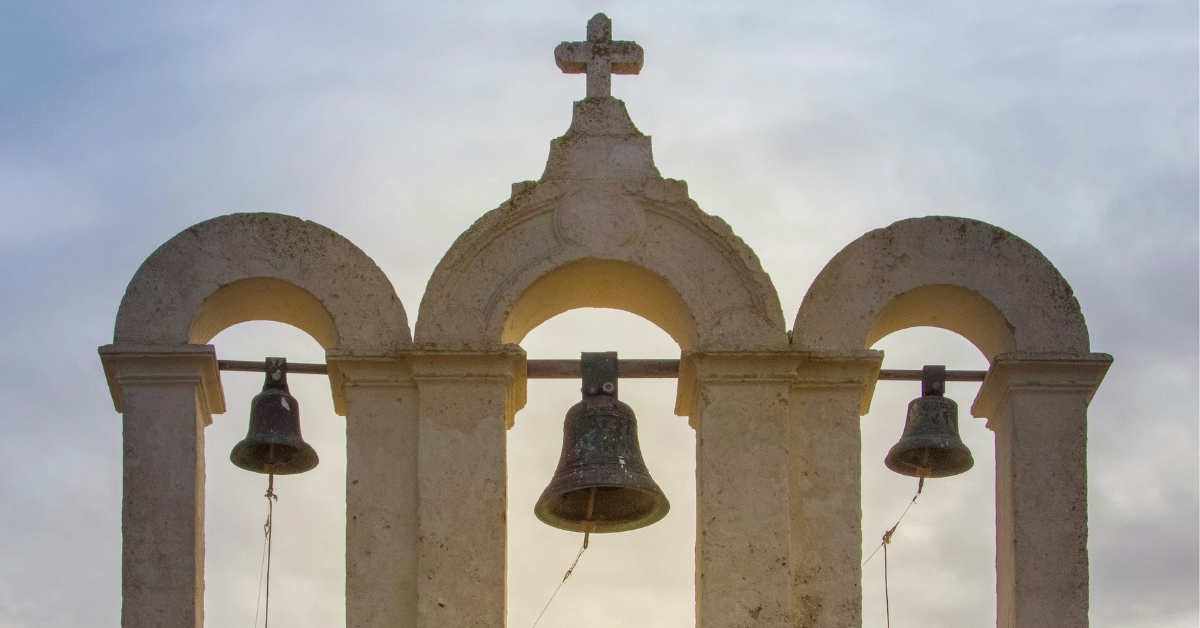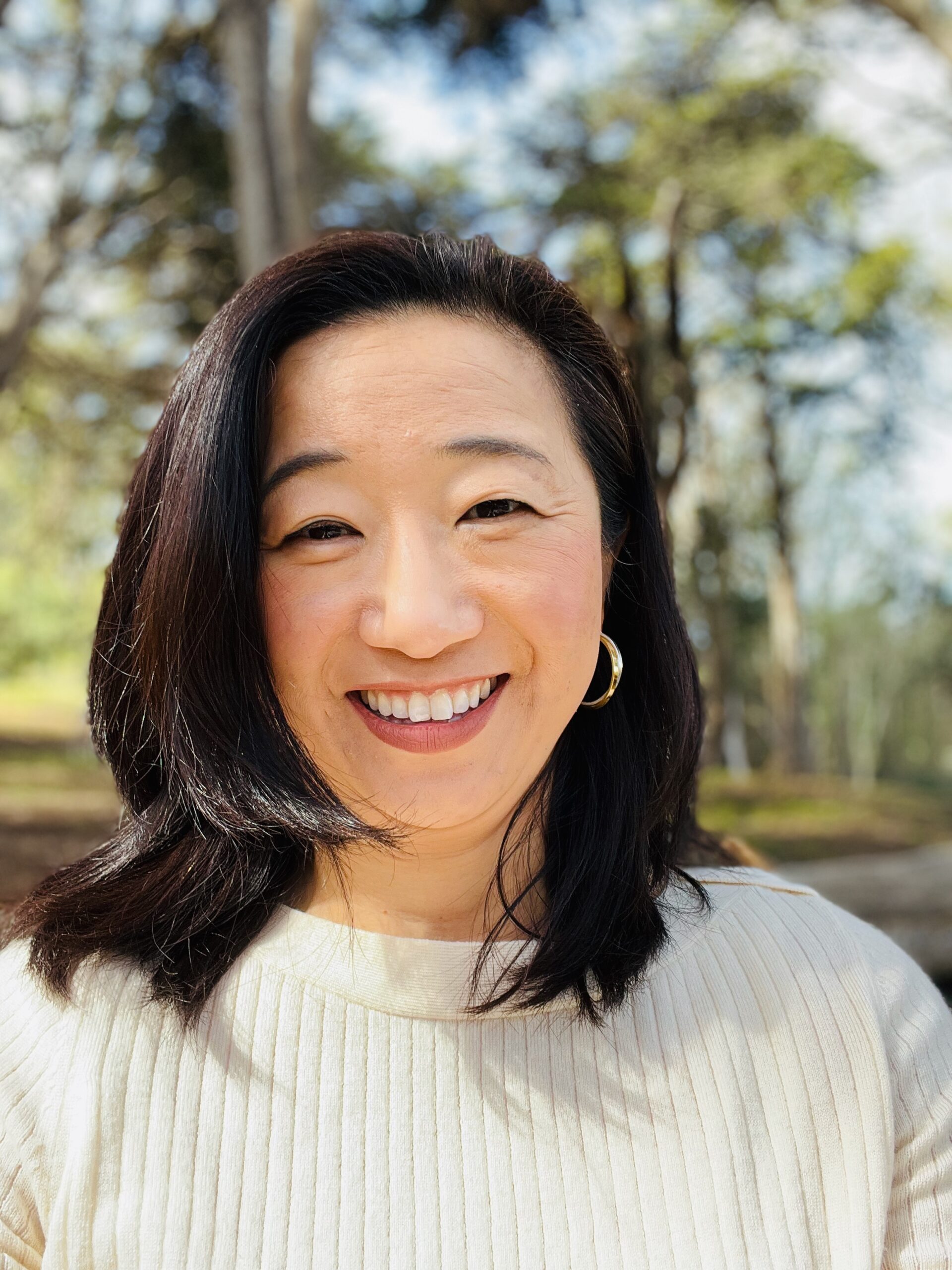In November of 2023, I celebrated my twentieth year as pastor at St. John’s Presbyterian Church in San Francisco. When I consider these twenty years, the one word that pops into my mind is joy. It has been a joyful ministry. When I look at the landscape of ministry, and read the data of church decline and burned-out pastors, I recognize that admitting I have had a joyful ministry may not resonate with the reality of what many churches and pastors are experiencing.
However, I do not say it lightly because it has been a joy that I have had to protect, guard, and treasure. The truth of the matter is that many will want to take it, steal it even. I also find that joy is a flighty little devil. It won’t stay put. It has to be cared for and nurtured. Joy is also something that requires action. We are called to proclaim joy to the world.
The journey that I have shared with my congregation has taught me that. St. John’s Church is not the same church as when I started in 2003. I can also say that I am not the same person. There are the obvious changes like how this small, mostly white, aging congregation transformed into a vibrant, intergenerational, diverse, open and affirming faith community, but that is not what I remember most.
What I remember most are the moments this congregation has journeyed with me as a newly ordained pastor to the seasoned one I am now. This congregation extended me grace as I encountered things that seminary clearly did not prepare me for, such as how to grieve in front of my congregation: having a miscarriage during a baby boom, preparing for the funeral of a youth who committed suicide while my own youth had her own struggles, or providing care for church members who have lost a loved one during the pandemic while grieving the loss of my own family member.
My first year at St. John’s Church was also my first year as a mother, as I had just given birth to my son. The changes we made to welcome young families were the changes I also needed as a mother of a newborn. If they truly wanted me to be their pastor, then I needed to preach with my baby wrapped to my body. There is nothing like looking out into the sanctuary and swaying your baby to sleep as you preach only to notice that the congregation is swaying with you. Or the time when my 3-year-old son was playing with dinosaurs at my feet while I was preaching and screamed for my attention. Nothing drives a sermon home more than having to say to your child, “If you don’t stop at the count of three, 1-2-3, ok, what was I saying? Oh yeah, God loves you. Blah blah blah.” Communion liturgy also never leaves room for when you go to break the bread only to realize your toddler has stolen the Body of Christ and you are having to play tug-a-war with her under the table. That’s one way to break the bread, I guess.
If I had to take a guess, these incidents were also memories that resonate with St. John’s as they look back on the past twenty years. My own personal grief resonated with the grief that they were going through. My struggle to pastor and be a mother at the same time unknowingly communicated to parents that it is okay if you are struggling with your kids in church as well. Watching my kids grow up from birth to high school and college affirmed that they have held up their baptismal vows to nurture all people in their faith no matter where they are in their journey.
They were able to also bring the griefs of the world to St. John’s. When refugees from Afghanistan were coming to the Bay Area, we felt compelled to help somehow. This became the impetus to becoming a sanctuary church. As more homeless and housing vulnerable were reaching our neighborhood, it increased our commitment to address affordable housing and food insecurity in our area. And then, not too long ago, during the pandemic, when all the gathering places were on lockdown, we were able to open our doors to let neighbors walk in to find peace, comfort, and sanctuary during a scary time.
In The Congregation in a Secular Age, Andrew Root writes that “The congregation’s life isn’t in innovation but in being a people of resonance.” It is moments like these that have expressed the kind of joy that resonated with people. Root believes that when a person finds resonance it is because they have encountered a deep connection with the world that reverberates in a way where their life is filled with meaning.
The important thing about resonance is that it takes two bodies. Resonance cannot exist on its own. Take a bell for example. As the clapper hits the bell, it releases energy as it collides with the bell, which results in a vibration that lasts for a moment in time.
And it is a moment in time because it turns out that joy doesn’t resonate on its own. At the ten year mark of my ministry, I found myself no longer able to hear the resonating sound of joy. The worst of it was there was no reason at all for what I was going through. At the time, the church actually wanted to change my call from associate pastor to co-pastor. My family life was great. I had a lot of supportive colleagues and friends. The only thing I didn’t have was joy. I was unhappy and there was no one or nothing to blame it on.
So, how did I get my joy back? A wise person suggested that I make room for it, just one day out of my week. I decided to do something that I always wanted to do, but never had time for and that was holding babies in the NICU. Those three hours became a sanctuary for me to just be. There were no distractions; I had to be present. In the silence of whirring machines, dim hospital lights, and a baby, all the grief, fear, and shame that I had unknowingly been carrying came to me. It resonated within me in a way that helped me clarify what has been lost and move me towards what is to be gained.
I did find my joy again. It didn’t happen overnight. It happened in baby steps, over a four-year period of embracing the sadness and letting it unfold. Engaging patiently with it and allowing it to lead me. Before I knew it, I had been changed, transformed. This is probably why I protect my joy fiercely now because I realize how precious it is. I realize that to proclaim joy to the world, one has to have joy. Joy and sadness are the two bodies needed to create a resonant vibration that reverberates in a way that makes life full.
When I did become co-pastor of St. John’s, my daughter asked me when St. John’s Presbyterian Church would be renamed St. Theresa’s Presbyterian Church. She assumed that since my co-pastor’s name was John, then surely the church was named after him. To her, the logic was simple: John, St. John’s and Theresa, St. Theresa’s. I could have explained to her that the pastor is not the church, but the people are the church. However, she was eight years old and her statement ironically had elements of prophetic truth. While a congregation is not centered on the pastor, a congregational identity is impacted by the pastor’s leadership style and pastoral presence.
There’s a shared identity as both congregation and pastor navigate through the changing needs of the congregation and community. There’s a shared joy as we carry the weight of sadness of the world. There’s a shared call as we proclaim that joy to the world. There’s a shared resonance that is rooted in relationship with each other, the world, and God.
This resonance is what keeps joy alive and reverberates beyond myself, the walls of the church and the congregation. It turns out that the antonym of joy is not sadness or unhappiness, but alienation. When we don’t have another body to resonate with and are isolated from community, it is easier to allow the lies of feeling like we are alone in this call, that the burden is ours alone to carry, and the exhaustion will never go away but seep in and poison whatever ounce of joy is left.
Root prescribes resonance as the antidote to alienation: “Resonance reverses alienation’s toxin. When we sense that there is something in the world reaching out for us, pleased to join us, desiring to share in us as we share in it, speaking to us, we encounter resonance.”
My dad once told me that he wanted to give me a Korean name that had resonance, so he gave me the name, Eungyong. The hanja, Chinese characters, of my name mean “silver, something shiny and reflective” (eun) and “bell” (gyong). My dad’s hope for me was that I would be able to see myself as clearly as my reflection in a mirror and ring truth as clear as a bell. What he didn’t tell me is that it is something I wouldn’t be able to do alone. I had to learn that for myself.
Relationships are necessary in order to see oneself clearly and ring truth with some resonance. So, as God has given us the name, child of God, we cannot see ourselves clearly without seeing our neighbor clearly. As God calls us to proclaim joy and prophetic truth, we cannot do so without being in relationship with the groans of the world. Only then will we know the true joy of the One who came to declare Joy to the World.
Ministry is hard, but I don’t think we were ever promised that it would be easy. I do believe it is meant to be joyful and what is more fun than doing it together? Thank you to the cloud of witnesses, whose stories remind us that God is faithful. Thank you to fellow journeyers along the way who not only provide strength and courage, but make the journey possible. Thank you to the church who creates opportunities for mutual transformation as we attune our rhythms to the heartbeat of God. Lastly, thank you to God who calls us just as we are—joyful or not.




